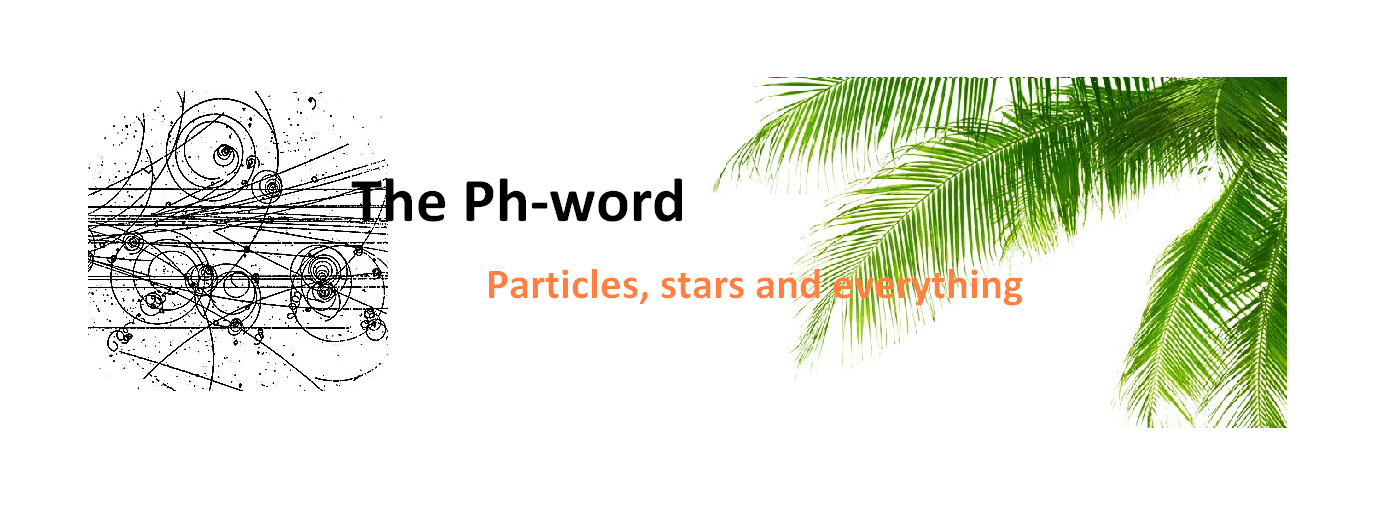Fast radio bursts, or FRBs to friends, are one great recent astrophysical mystery. FRBs are very powerful radiowave emissions; we’re talking the equivalent of thousands of suns in terms of energy, all sent out in a fraction of a second. Add to this the fact that FRBs are outside the Milky Way, that some hundreds have been found and that they have no explanation so far, and you have an explosive cocktail. And now, the sweet-sounding CHIME (Canadian Hydrogen Intensity Mapping Experiment) makes things more complicated by locating one that repeats its radio activity every 16 days.
Suggested explanations for FRBs include collisions between cosmic bodies, gigantic flares thrown by stars, highly magnetized neutron stars and, yes, extraterrestrials. To be honest, you’ve probably already heard about this piece of news as a possible extraterrestrial signal – like it happens with everything else that’s new and interesting and comes from the skies. (Which makes me think, to paraphrase Douglas Adams, isn’t it enough to see that an unexpected astrophysical discovery is beautiful without having to believe that there are aliens at the bottom of it too?)
*
Another mystery, this time in the subatomic world, is the slightly different behaviour between matter and antimatter. However, this difference is mysterious for two separate reasons: why it exists at all, and why there isn’t more of it.
You see, so far we don’t know why some anti-particles occasionally behave differently than their colleagues made of normal matter. At the same time physicists would badly want more of this difference to exist, because it could explain why the universe is made out of only matter. At any rate, every stone in the particles’ behaviour is systematically turned to hunt down possible sources of the matter-antimatter deviation.
Now, two sophisticated particle experiments turned two more good-looking stones, albeit without news.
One was run by a swiss and a french lab, and looked for whether good old neutrons have a distribution of electric charge. But as far as the experiment can tell they don’t. Eventually this restricts the possibility of an antimatter “difference” in the physics of quarks, the particles that make up neutrons among other things.
The other experiment is ALPHA (Antihydrogen Laser Physics Apparatus) at CERN and it did something admittedly cool. It created thousands of anti-atoms of hydrogen, suspended them in vacuum for hours at a time and did measurements on them. More precisely, it measured the exact orbits of positrons (aka anti-electrons) around the nucleus. Eventually it found that anti-hydrogen orbits are the same as in normal hydrogen, which restricted another possible source of matter-antimatter difference. However, at the same time if proved that fun with anti-atoms has just begun, as they can now be used for loads of refined observations.
*
Finally, a quick note that InSight, the small spacecraft sent by NASA to study Mars’ geology, is doing exactly this. Since it made itself comfortable on the red surface last April it’s detected 150 small marsquakes and 24 ones at magnitudes 3-4, potentially due to the planet slowly cooling off and contracting and/or due to volcanic activity. Fun fact: InSight also caught glimpses of over ten thousand dust devils.
